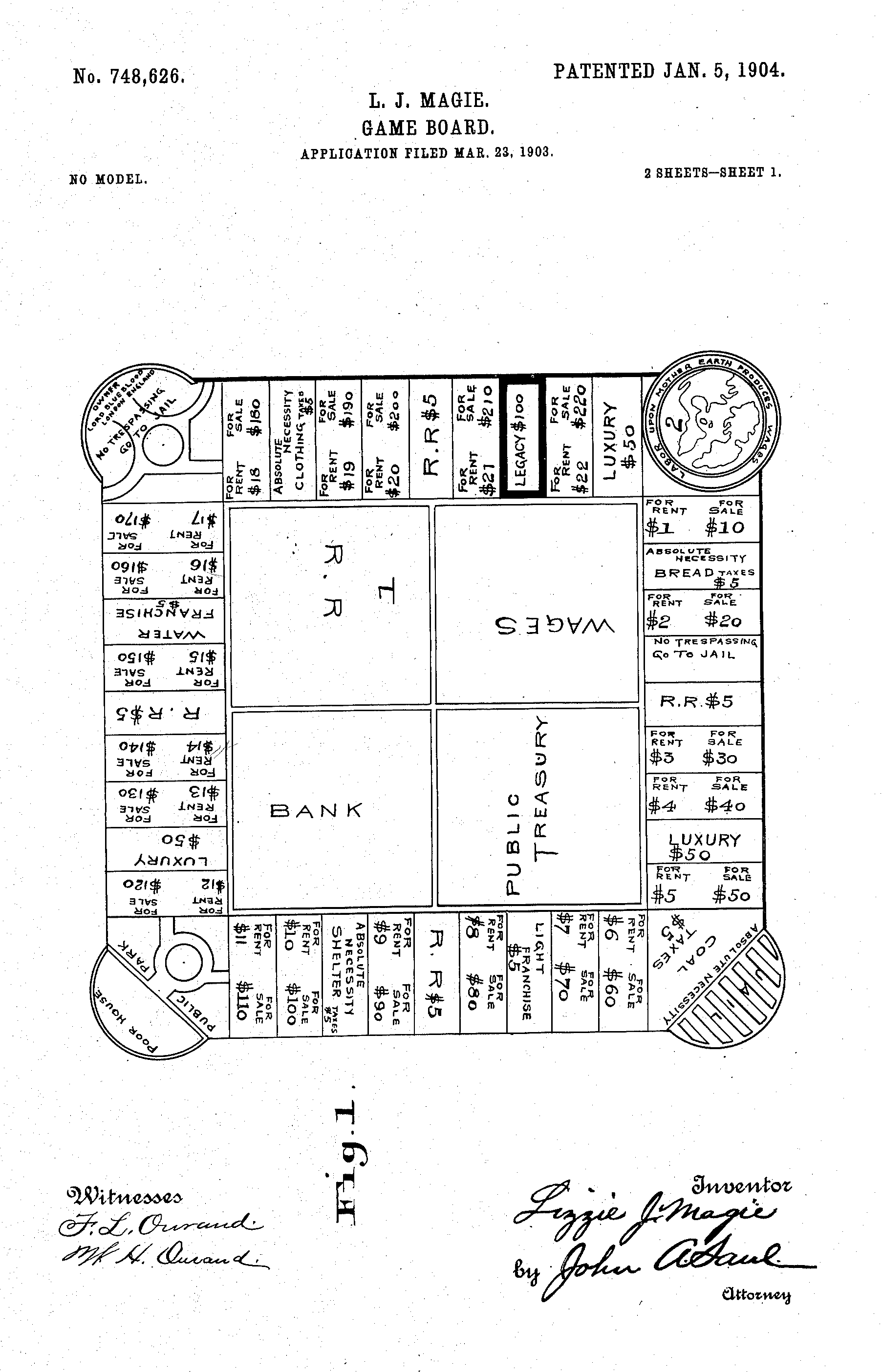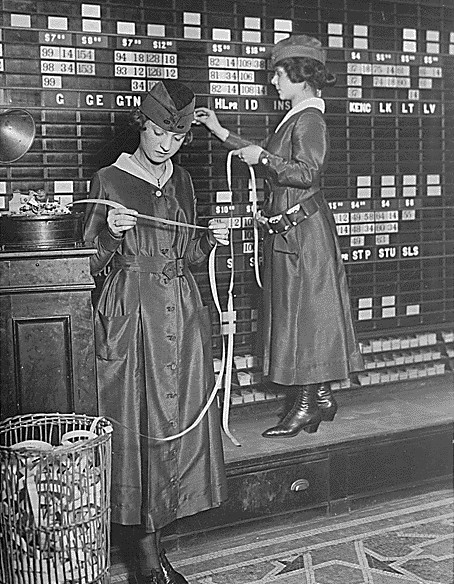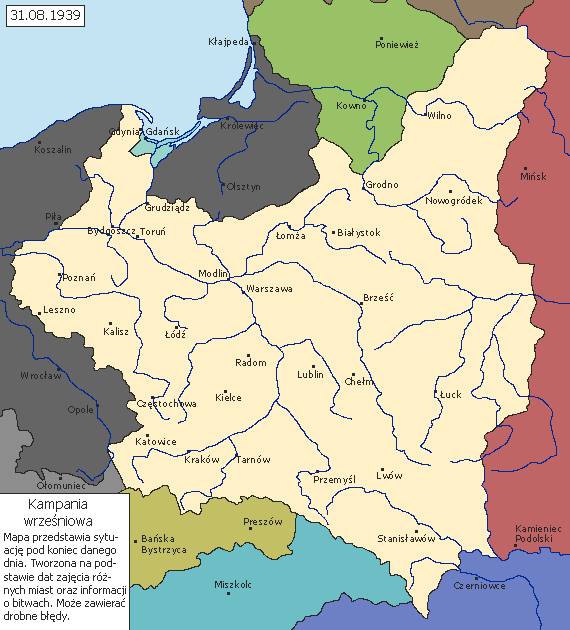|
1930s In Games
Games released or invented in the 1930s {{DEFAULTSORT:1930s In Games Games A game is a structured form of play, usually undertaken for entertainment or fun, and sometimes used as an educational tool. Many games are also considered to be work (such as professional players of spectator sports or games) or art (such ... Games by decade ... [...More Info...] [...Related Items...] OR: [Wikipedia] [Google] [Baidu] |
Yacht (dice Game)
YachtWood, Clement and Goddard, Gloria, ''The Complete Book of Games'', Halcyon House, NY, 1938 is a public domain dice game, similar to the Latin American game Generala, the English game of Poker Dice, the Scandinavian Yatzy, and Cheerio. Yacht dates back to at least 1938, and is a contemporary of the similar three-dice game Crag. Yahtzee is a later development, similar to Yacht in both name and content. The name Yacht is also used for a number of later dice games that include many features of Yahtzee, being closer to Yahtzee than the original Yacht game. Gameplay These rules relate to the 1938 version of Yacht. The object of the game is to score points by rolling five dice to make certain combinations. The dice can be rolled up to three times in a turn to try to make these combinations. A game consists of twelve rounds. After each round the player chooses which scoring category is to be used for that round. Once a category has been used in the game, it cannot be used a ... [...More Info...] [...Related Items...] OR: [Wikipedia] [Google] [Baidu] |
Wahoo (board Game)
''Wahoo'' is a cross and circle board game similar to ''Parchisi'' that involves moving a set number of marbles around the board, trying to get them into the safety zone. The game is alleged to have originated in the Appalachian hills, but it is nearly identical to Mensch Ärgere Dich Nicht, a German board game originating in 1907. Most boards are used by four to six players. ''Wahoo'' has been a popular game for decades. Even today, custom-made boards proliferate on eBay and game manufacturer Parker Brothers has sold their own version of the game, under the title '' Aggravation'', for decades. How to Play Number of Players: 2 to 6 Object: To be the first player to move all of their own marbles out of the Starting Area, around the board, and into Home. Setting Up: Each player places his marbles in the starting area. After setting up, each player rolls the die. The highest number goes first, then play proceeds to the left. If two or more players roll the same number, they r ... [...More Info...] [...Related Items...] OR: [Wikipedia] [Google] [Baidu] |
Towie (card Game)
Towie is a card game, a version of bridge A bridge is a structure built to span a physical obstacle (such as a body of water, valley, road, or rail) without blocking the way underneath. It is constructed for the purpose of providing passage over the obstacle, which is usually somethi ... adapted for three-hand card play, invented in Paris in 1931 by J. Leonard Replogle. Although the game is a three-hand game, it may also be played by four, five, or more players, though only three are active at any one time. Replogle co-wrote a rule book in 1934, and the game received some attention in the US in 1935, including five articles in Vanity Fair. Vanity Fair - Volumes 43-45 - Page 40 1935 "It is the fifth article on Towie to appear in Vanity Fair. The others have been by Christopher Dunphy, W. J. Huske and Lelia Hattersley. Mr. Dunphy's piece, in the October issue, was the first article to be published on this new game. A book on ." References Card games introduced in 1931 T ... [...More Info...] [...Related Items...] OR: [Wikipedia] [Google] [Baidu] |
Finance (game)
''Finance'', or ''The Fascinating Game of Finance'' or ''Finance and Fortune'', is a board game originally released in 1932. The game is based on ''The Landlord's Game'' in the movement of pieces around the board, the use of cards, properties that can be purchased, and houses that can be erected on them. The game also has railroads; however, these may not be purchased. The game is a predecessor to ''Monopoly''. Overview of game The game begins with each player on "Cash Here" with $1925. Properties clockwise around the board begin with low value to high value purchase prices, with costs for additional houses and rents also increasing. Players move again on doubles, with no limit on numbers of doubles that may be thrown, and if a player lands on another player, the original player moves back five spaces, with the same effect as if the player had landed on that space originally. Players may trade properties or sell them back to the bank, but may not mortgage property. If a player is u ... [...More Info...] [...Related Items...] OR: [Wikipedia] [Google] [Baidu] |
Monopoly (game)
''Monopoly'' is a multi-player economics-themed board game. In the game, players roll two dice to move around the game board, buying and trading properties and developing them with houses and hotels. Players collect rent from their opponents, aiming to drive them into bankruptcy. Money can also be gained or lost through ''Chance'' and ''Community Chest'' cards and tax squares. Players receive a stipend every time they pass "Go" and can end up in jail, from which they cannot move until they have met one of three conditions. House rules, hundreds of different editions, many spin-offs, and related media exist. ''Monopoly'' has become a part of international popular culture, having been licensed locally in more than 103 countries and printed in more than 37 languages. , it was estimated that the game had sold 275 million copies worldwide. ''Monopoly'' is derived from ''The Landlord's Game'', created by Lizzie Magie in the United States in 1903 as a way to demonstrate that an economy ... [...More Info...] [...Related Items...] OR: [Wikipedia] [Google] [Baidu] |
Anagrams (game)
Anagrams (also published under names including ''Anagram'', ''Snatch'' and ''Word Making and Taking'') is a tile-based word game that involves rearranging letter tiles to form words. The game pieces are a set of tiles with letters on one side. Tiles are shuffled face-down then turned over one by one, players forming words by combining them with existing words, their own or others'. The game has never been standardized and there are many varieties of sets and rules. Anagrams is often played with tiles from another word game, such as ''Scrabble'' or ''Bananagrams''. History Reputed to have originated as a Victorian word game, Anagrams has appeared in many versions since then. An early modern version is Charles Hammett's ''Word Making and Taking'', released in 1877. The first version to include the word ''Anagrams'' in its name may have been ''The Game of Letters and Anagrams on Wooden Blocks'', published by Parker Brothers around 1890. Another game called ''Anagrams'' was publis ... [...More Info...] [...Related Items...] OR: [Wikipedia] [Google] [Baidu] |
Sorry! (game)
''Sorry!'' is a board game that is based on the ancient Indian cross and circle game ''Pachisi''. Players move their three or four pieces around the board, attempting to get all of their pieces "home" before any other player. Originally manufactured by W.H. Storey & Co in England and now by Hasbro, ''Sorry!'' is marketed for two to four players, ages 6 and up. The game title comes from the many ways in which a player can negate the progress of another, while issuing an apologetic "Sorry!" Objective The objective is to be the first player to get all four of their coloured pawns from their start space, around the board to their "home" space. The pawns are normally moved in a clockwise direction but can be moved backward if directed. Movement of pawns is directed by the drawing of a card. The board game is laid out in a square with 16 spaces per side, with each player assigned their own coloured Start location and Home locations offset towards the centre, one per side. Four fi ... [...More Info...] [...Related Items...] OR: [Wikipedia] [Google] [Baidu] |
Easy Money (board Game)
''Easy Money'' was a board game introduced by Milton Bradley Company in 1935. Like ''Monopoly'', the game is based on ''The Landlord's Game'' in the movement of pieces around the board, the use of cards, properties that can be purchased, and houses that can be established on them. Game play ''Easy Money'' is a member of the ''Landlord's Game''/auction family of games, of which ''Monopoly'' is the most famous example. Players begin with a set amount of money. Properties allow owners to charge rents based on the houses purchased on that property. Players may trade or sell properties. Other spaces have a particular action that must be taken when landing on or passing over. Key differences from ''Monopoly'' include: * no "color groups" for properties (instead, a player must own one "street" on each of the four sides of the board before properties can be improved) * no listed purchase prices for utilities or commercial buildings, instead they are automatically auctioned off by the ba ... [...More Info...] [...Related Items...] OR: [Wikipedia] [Google] [Baidu] |
Stock Ticker
Ticker tape was the earliest electrical dedicated financial communications medium, transmitting stock price information over telegraph lines, in use from around 1870 through 1970. It consisted of a paper strip that ran through a machine called a stock ticker, which printed abbreviated company names as alphabetic symbols followed by numeric stock transaction price and volume information. The term "ticker" came from the sound made by the machine as it printed. The ticker tape revolutionized financial markets, as it relayed information from trading floors continuously and simultaneously across geographical distances. Paper ticker tape became obsolete in the 1960s, as television and computers were increasingly used to transmit financial information. The concept of the stock ticker lives on, however, in the scrolling electronic tickers seen on brokerage walls and on news and financial television channels. Ticker tape stock price telegraphs were invented in 1867 by Edward A. Calahan, ... [...More Info...] [...Related Items...] OR: [Wikipedia] [Google] [Baidu] |
Buccaneer (game)
''Buccaneer'' was a board game published in Britain by Waddingtons between the 1930s and 1980s. Board design The game board depicts the sea, broken into squares. Around the edges are ports, some owned by players, others being "free ports". At the centre is Treasure Island, upon which are placed semi-realistic looking treasures: diamonds, rubies, pearls, gold bars, and rum barrels. Evolution of design 1930s The 1938 version of the game had a roll up canvas board (packaged in a tube) and a playing area of 25 x 25 squares, the Treasure Island in the middle spanning 5 x 5 squares. Complete sets of this version are now very rare and in good condition can sell for more than £100 (UK pounds - as of 2010). This version had 9 rum barrels and 6 of each of the other treasure items. 1950s The game has been revised over the years. A major revision in 1958 saw the playing area change to a folding board with a square cut out for a plastic tray insert as Treasure Island. The island shrank to ... [...More Info...] [...Related Items...] OR: [Wikipedia] [Google] [Baidu] |
Scrabble
''Scrabble'' is a word game in which two to four players score points by placing tiles, each bearing a single letter, onto a game board divided into a 15×15 grid of squares. The tiles must form words that, in crossword fashion, read left to right in rows or downward in columns and are included in a standard dictionary or lexicon. The name ''Scrabble'' is a trademark of Mattel in most of the world, except in the United States and Canada, where it is a trademark of Hasbro, under the brands of both of its subsidiaries, Milton Bradley and Parker Brothers. The game is sold in 121 countries and is available in more than 30 languages; approximately 150 million sets have been sold worldwide, and roughly one-third of American and half of British homes have a ''Scrabble'' set. There are approximately 4,000 ''Scrabble'' clubs around the world. Game details The game is played by two to four players on a square game board imprinted with a 15×15 grid of cells (individually known as " ... [...More Info...] [...Related Items...] OR: [Wikipedia] [Google] [Baidu] |
1930s
File:1930s decade montage.png, From left, clockwise: Dorothea Lange's photo of the homeless Florence Thompson shows the effects of the Great Depression; due to extreme drought conditions, farms across the south-central United States become dry and the Dust Bowl spreads; The Empire of Japan invades China, which eventually leads to the Second Sino-Japanese War. In 1937, Japanese soldiers massacre civilians in Nanking; aviator Amelia Earhart becomes an American flight icon; German dictator Adolf Hitler and the Nazi Party attempt to establish a New Order of German hegemony in Europe, which culminates in 1939 when Germany invades Poland, leading to the outbreak of World War II. The Nazis also persecute Jews in Germany, specifically with Kristallnacht in 1938; the '' Hindenburg'' explodes over a small New Jersey airfield, causing 36 deaths and effectively ending commercial airship travel; Mohandas Gandhi walks to the Arabian Sea in the Salt March of 1930., 410px, thumb rect 1 1 ... [...More Info...] [...Related Items...] OR: [Wikipedia] [Google] [Baidu] |





